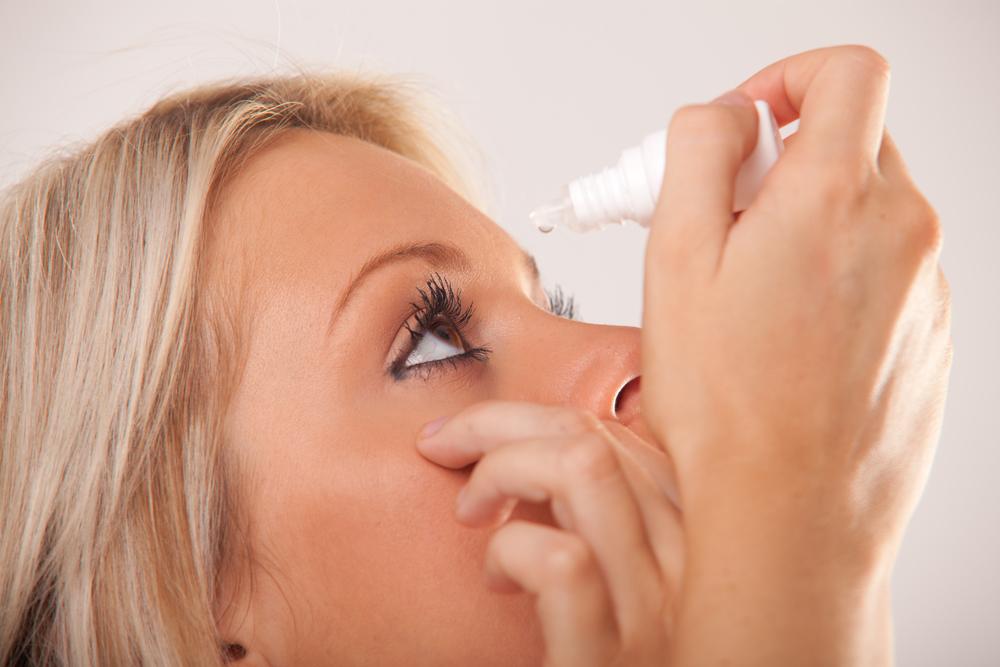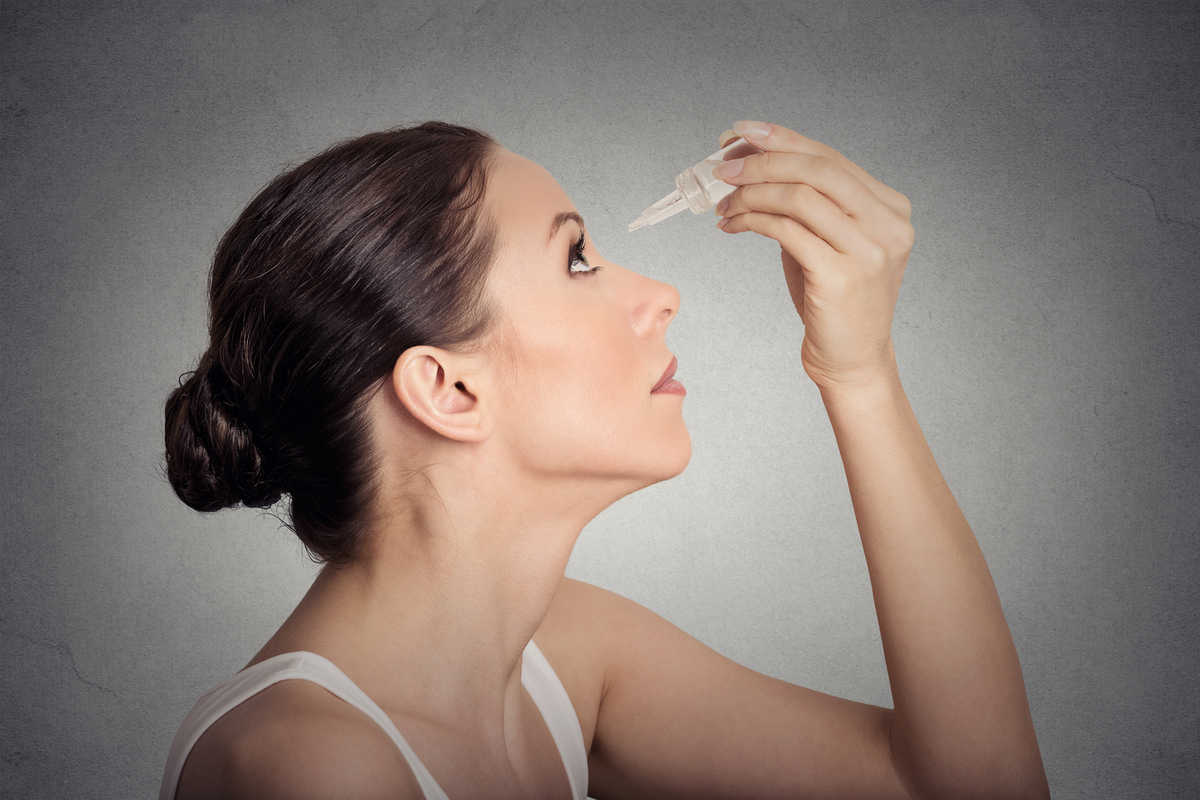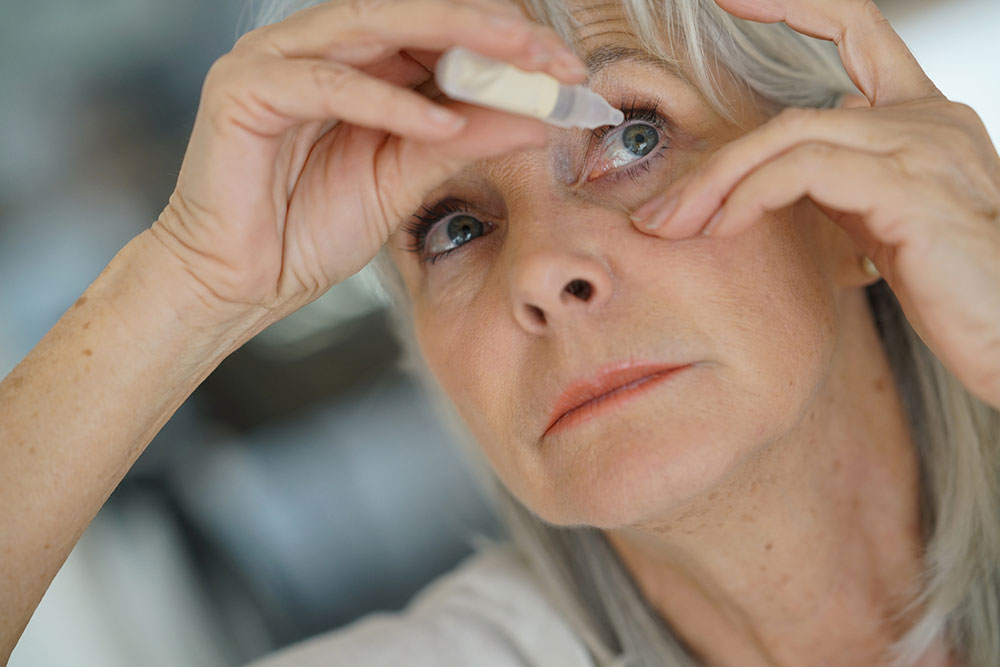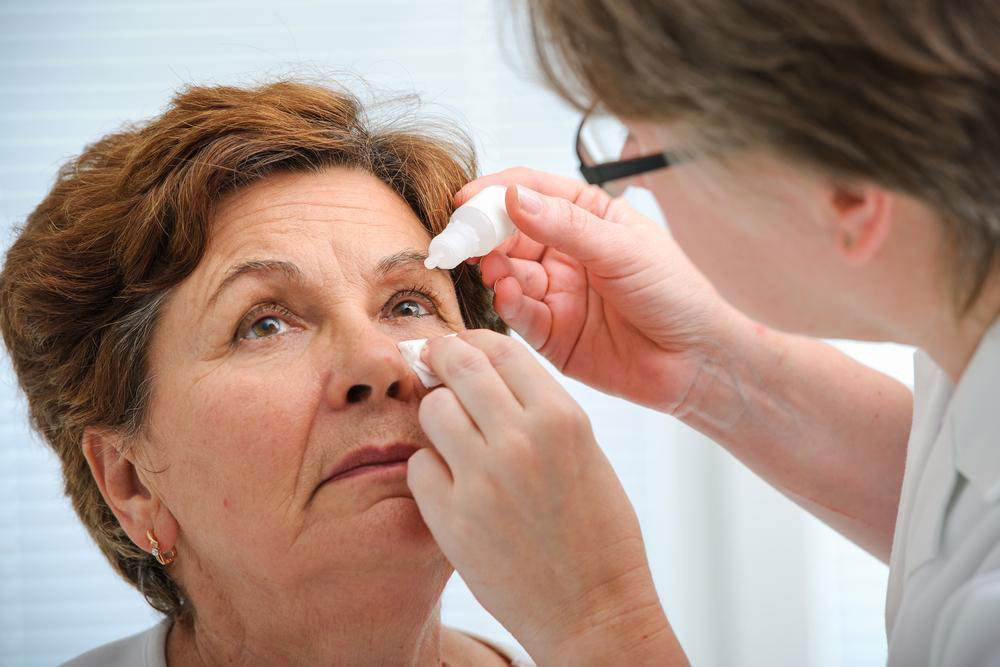Understanding the Causes and Signs of Dry Eye Syndrome
Dry eye syndrome, also known as Tear Film Dysfunction, occurs when natural tear production is insufficient, leading to discomfort, redness, and vision issues. Causes include health conditions, environmental factors, aging, medications, and eyelid abnormalities. Recognizing symptoms like itching, burning, light sensitivity, and blurry vision is crucial for diagnosis and management. Factors such as autoimmune diseases, dry environments, aging, and certain medications contribute to the condition. Proper awareness helps in timely treatment to prevent further eye complications.
Sponsored

Dry eye disease, also known as Tear Film Dysfunction, results from insufficient natural lubrication in the eyes. This uncomfortable condition can stem from various factors —such as environmental influences (e.g., dry, dusty air), underlying health issues (like seasonal allergies), or other conditions reducing tear or oil production. Dry eyes can also occur temporarily—for example, prolonged computer use minimizes blinking, leading to eye dryness, redness, and irritation.
Typical signs of dry eye syndrome
Itching and the urge to rub the eyes
Redness, burning sensations
Discomfort, a gritty or sandy feeling in the eyes
Light sensitivity causing frequent blinking
Blurry or distorted vision
Discharge and crusting around the eyelashes
Headaches and eye pain behind the eyes
Eye fatigue or heaviness in the eyelids
Reflex tearing as a reaction to dryness
Excess tearing or reflex tears
Dry eye syndrome occurs due to inadequate tear production.
Our tears consist of lubricating oils, proteins, water, mucus, and protective antibodies that keep the eyes healthy. Several factors can lead to dry eyes, including:
Health conditions
Autoimmune disorders like rheumatoid arthritis and Sjogren’s syndrome often cause dryness in the eyes and mouth.
Environmental factors
Living in dry, dusty, smoky, or heavily climate-controlled spaces can diminish natural tear production.
Aging process
Dry eyes are common as part of natural aging, especially around menopause, which affects tear production.
Medications
Many medications, including birth control pills, hormone therapy, antihistamines, and blood pressure drugs, may induce dryness.
Laser eye procedures
LASIK and other laser surgeries can temporarily or permanently reduce tear production, leading to dryness.
Eyelid abnormalities
Birth defects or malformations affecting eyelid function can impair eye lubrication by affecting eyelid movements.





